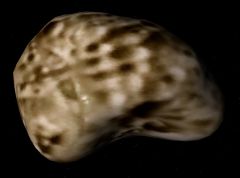Difference between revisions of "Adrastea"
Jump to navigation
Jump to search
(Changed gallery image size.) |
(Added table item.) |
||
| Line 56: | Line 56: | ||
|- | |- | ||
!Add-on!!Source!!Version!!Author!!Type!!Release Date!!Compatibility!!Wiki article | !Add-on!!Source!!Version!!Author!!Type!!Release Date!!Compatibility!!Wiki article | ||
| + | |- | ||
| + | |[https://www.orbiter-forum.com/resources/the-outer-planets-050223-update.2483/ The Outer Planets 050223 Update]||O-F Resources||2005-02-23||VF2_Rolf||Scenery||23 February 2005|||| | ||
|- | |- | ||
|[https://library.avsim.net/esearch.php?DLID=&Name=&FileName=outerplanets-050125.zip&Author=&CatID=root The Outer Planets 050125]||AVSIM||050125||Rolf Keibel<br>Tony Dunn||Scenery||26 January 2005||Orbiter 2005-P1|| | |[https://library.avsim.net/esearch.php?DLID=&Name=&FileName=outerplanets-050125.zip&Author=&CatID=root The Outer Planets 050125]||AVSIM||050125||Rolf Keibel<br>Tony Dunn||Scenery||26 January 2005||Orbiter 2005-P1|| | ||
Revision as of 03:40, 5 October 2024
 | This natural satellite related article is a stub. You can help Orbiterwiki by expanding it.
Adrastea (Jupiter XV, S/1979 J 1) is the second known moon by distance and the smallest of the four of the inner moons of Jupiter. It was the first moon ever discovered by an interplanetary spacecraft, discovered during the 1979 flyby of Jupiter by Voyager 2. Adrastea was the foster mother of the Greek god Zeus. Adreastea in OrbiterAdreastea was introduced to Orbiter with the release of jupiter-ii.zip in October 2002.
See alsoGallery
| ||||||||||||||||||||||||||||||||||||||||||||||||||||||||||||||||||||||||||||||||||||||||||||||||



